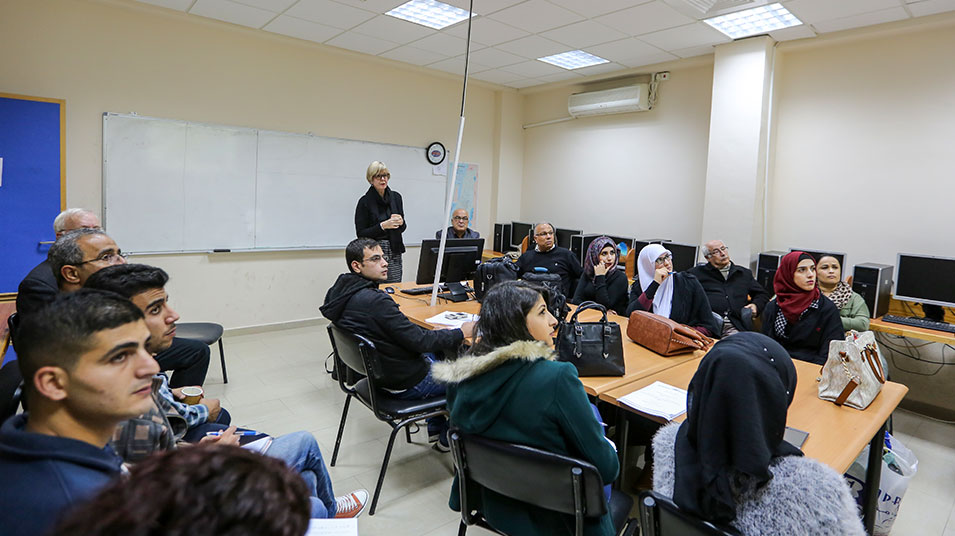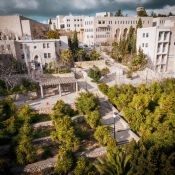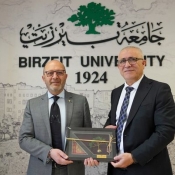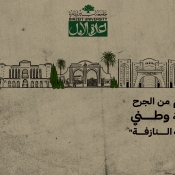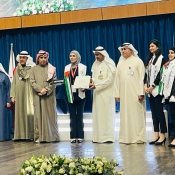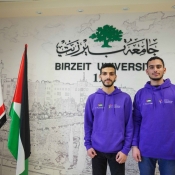Professor explores Armenian history in the Levant, defines challenges
On November 23, the Department of Geography at Birzeit University held a lecture entitled “The Armenian Immigrants in the Levant,” presented by the expert in humanitarian studies, Prof. Dr. Inger-Marie Okkenhaug.
Okkenhaug, who is also a professor at the University of Volda-Norway, focused her lecture on the reasons for the Armenians refugee crisis, pointing to the difficulties they faced during Ottoman rule.
“The Ottomans had mistreated the Armenians, who were a minority. They did not consider them an independent ethnic group, but committed a religious-based discrimination against them,” Okkenhaug noted.
The professor said that the Armenians comprised the largest Christian minority under Ottoman rule. “Around two million Armenians lived in the Ottoman Empire. However, in 1915, the Ottomans killed around a million Armenians, which was later called a genocide.”
“In 1922,” she continued, “A great number of Armenian refugees were found in Syria, Lebanon, Palestine and Iraq. Around 76, 000 were in Syria, while 31,000 were in Lebanon. These great numbers were all a result of forced displacement and the genocide that was committed against them.”
Professor Okkenhaug concluded the lecture alluding to the challenges that faced Armenians where they were living in refugee camps. Poverty, unemployment and the identity crises, all of which very much resemble what is happening today in Syria, Yemen and Palestine, were among these problems.

